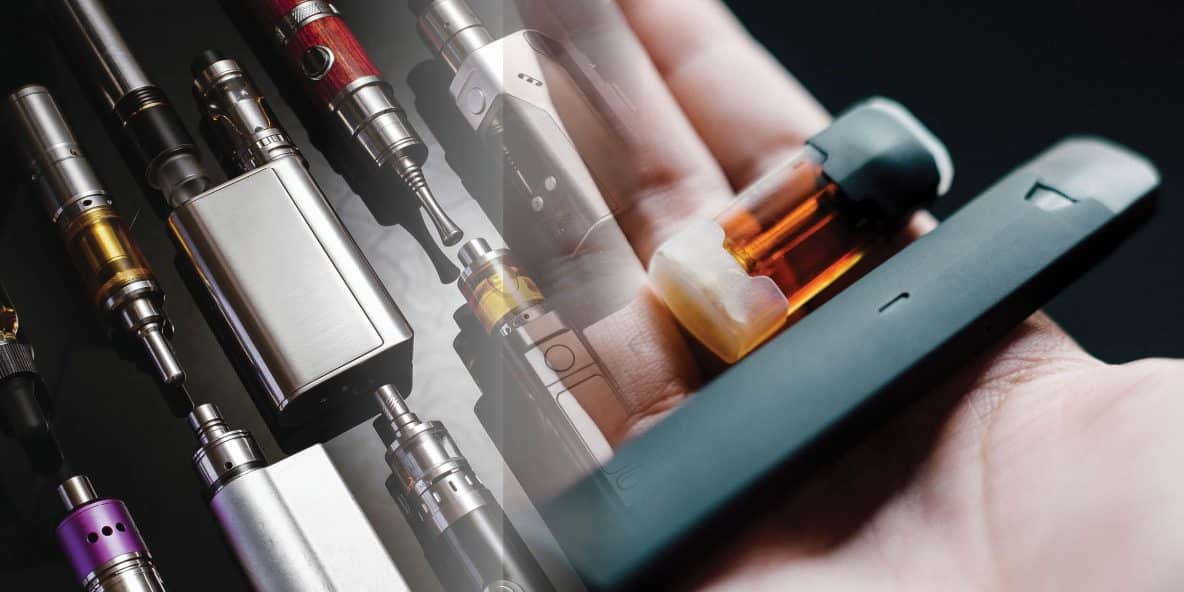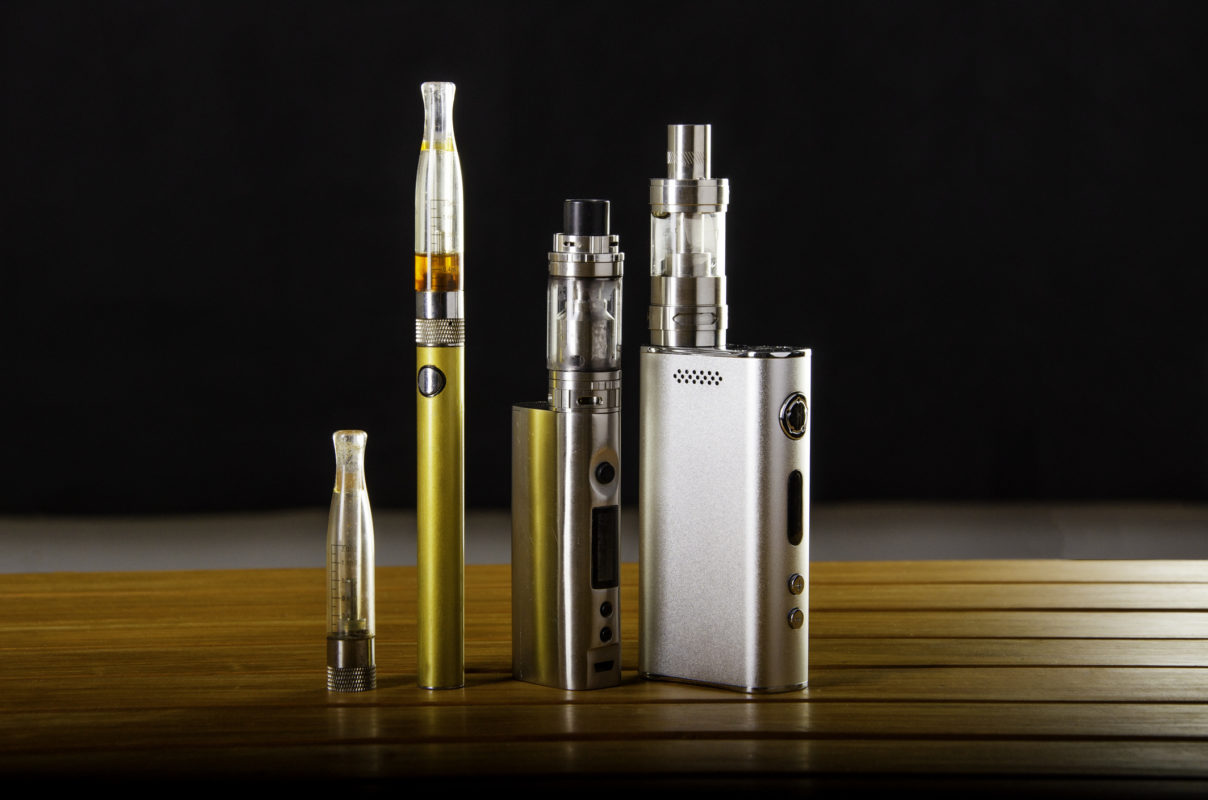A Perspective from the Australian Federal Government.
Learning at, and learning about measures and new regulations from other countries outside the EU and UK.

Last week the federal government’s Office of Drug Control announced changes to the importation of products containing nicotine that will seriously affect the estimated 227,000 regular e-cigarette users in Australia.
From January 1, 2021, users will no longer be allowed to import Nicotine containing fluids for use in e-cigarettes, even if they have a prescription. The measures, which were initially set to come into force on July 1, 2020, are in addition to the existing domestic ban on sales of these products.
What do the new rules actually stipulate?
From January 1, e-cigarette users will not only need a prescription from their doctor, they will also need a doctor who is willing and able to import the products on their behalf. This will require the doctor to have a permit to import nicotine as an unauthorised therapeutic.
It is hard to imagine many doctors will to go to these lengths to provide access to nicotine so their patients can continue vaping. As these regulations have only just been announced, there are currently no medical professionals in Australia with these permits already in place.
With doctors already hesitant to prescribe nicotine for vaping (there are only nine GPs on the Australian Tobacco Health Reduction Association’s list of known prescribers), it is unlikely there will be any who are willing to add the additional burden of applying for permits and organising importation.
So, come January 1, what are Australians who use nicotine-containing e-cigarette fluids going to do?
Option one: vapers go “cold turkey” and give up nicotine altogether. Many vapers use e-cigarettes because they were unable to quit smoking using any other method, including nicotine replacement therapy. One study found 18% of ex-smokers who had switched to e-cigarettes were still smoke-free at the one-year mark, compared with 9.9% of those who had switched to nicotine patches.

Why is the Australian government doing this anyway?
The government’s rationale is twofold. First, it points to the increase in nicotine poisonings associated with e-cigarette fluids in the past few years in Australia, including the death of a toddler in Victoria in 2018.
But these cases, including the toddler’s tragic death, involved highly concentrated imported nicotine-containing fluids, purchased from overseas because of the existing domestic ban. Cracking down on legitimate imports would arguably make it more likely, not less, that users may end up accessing illicit e-cigarette fluids with little or no safety labelling.
The government’s second argument is the increasing use of e-cigarettes among US school students aged 14-18. But while there has indeed been an increase in vaping, smoking has declined among these age groups, so it is likely a case of experimentation, rather than vaping being a gateway to smoking.
There is a crucial distinction to draw here: if the new rule change is intended to restrict youngsters’ access to vaping, it is unlikely to succeed. E-cigarettes and e-fluids without nicotine will still be available at any tobacconist or vape store. The only banned products will be nicotine-containing e-fluids.
The rule change may be framed partly as a preventative move to protect young people from vaping. But the people most likely to be affected are those who have successfully used e-cigarettes to quit smoking.
For that reason, it’s my view the new rules will do more harm than good. I would urge the government to consider regulating nicotine-containing products rather than banning them.
A regulated e-cigarette fluid market should consider: limiting the maximum concentration of nicotine to 24 milligrams per ml; childproof packaging for all products, with dropper-style tops to prevent accidental exposure through spillage; and appropriate warning labels and ingredient lists.

Vvapour have been established as one of the vape industries longest running providers of quality eliqiuds, merchandise and information since 2011, and trading since 2012. We can help anyone from seasoned vapers, to those starting out and wanting to kick the habit of traditional smoking. The company CEO created Vvapour primarily to help people stop smoking following the death of a close, rather than as a profit building business. Get in touch for any information and advice o anything vape related. Either email us on:
This article is republished from The Conversation under a Creative Commons license. Read the original article.
info@vvapour.co.uk
or call us on:
0121 794 2043
or you can also live chat us on the website (lower left chat box icon) between 9am and 5pm.
www.vvapour.co.uk
#vapelyfe #coilporn #ukvapescene #picoftheday #vapeporn #photo #vape #vapecommunity #vapepics #instagram #vapelife #vapefam #vapemodels #ejuice #igdaily #vapegear #vapestagram #eliquid #instadaily #girlswhovape #colourful #photography #cloudchasing #ukvapers #vapeon #subohm #calivapers #movievapes #vapersuk #dripgirls #vape #vapeporn #vapelife #vapecommunity #vapefam #vapestagram #vapeon #vaping #instavape #vapor #subohm #vapedaily #ejuice #vapenation #cloudchaser #eliquid #calivapers #vapehooligans #coilporn #ecig #vapepics #clouds #vapelove #notblowingsmoke #dripclub #cloudchasing #girlswhovape #vaperexpo #tricklyfe #cloudlyfe #vape #vaper #vapour #vgod #vaping #vapelife #selfie #vapestagram #vapelyfe #vapecommunity #vapefam #vapeon #vapetricks #instavape #ukvapers #vapeuk #vapepics #vapevids #tricks #vgodtricklyfe #officialvapetricks #teamcoolsmoketricks #combustionisdead #sosk #teamhotwiresuk #vgodtricks #teamhotwires
